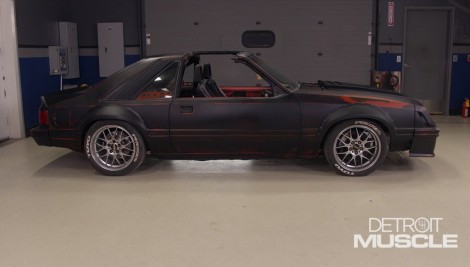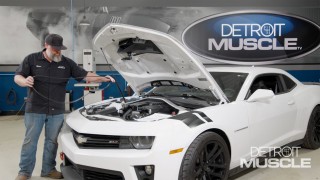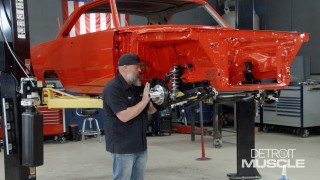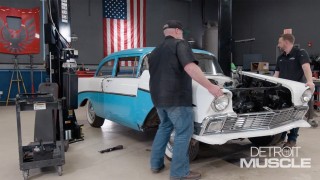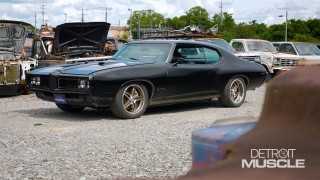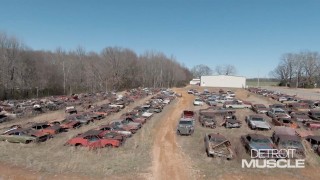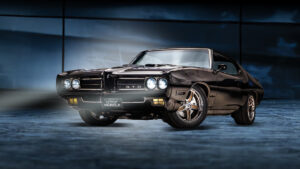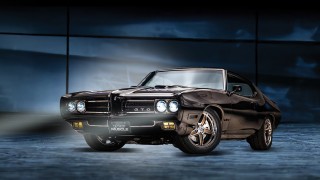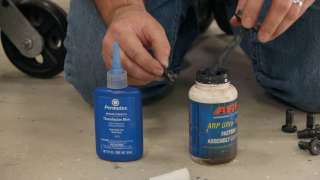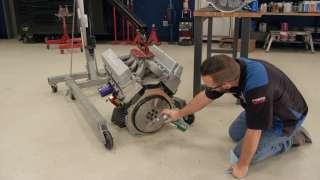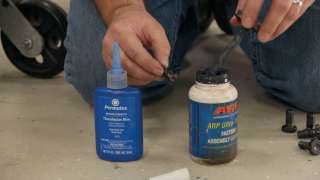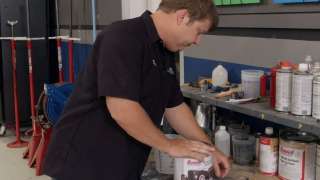Detroit Muscle Featured Projects
Detroit Muscle Builds
Want more content like this?
Join the PowerNation Email NewsletterParts Used In This Episode
Matco Tools
MATCO Tools are the Official Tool Supplier to PowerNation
Moser Engineering
Moser 8.8 Built to Order Rear End Package
Scott Rod Fabrications
http://scottrodfab.com/
Single Source
Single Source paint for ENGINE BAY
The Industrial Depot
Tools, Hardware, Shop Supplies
